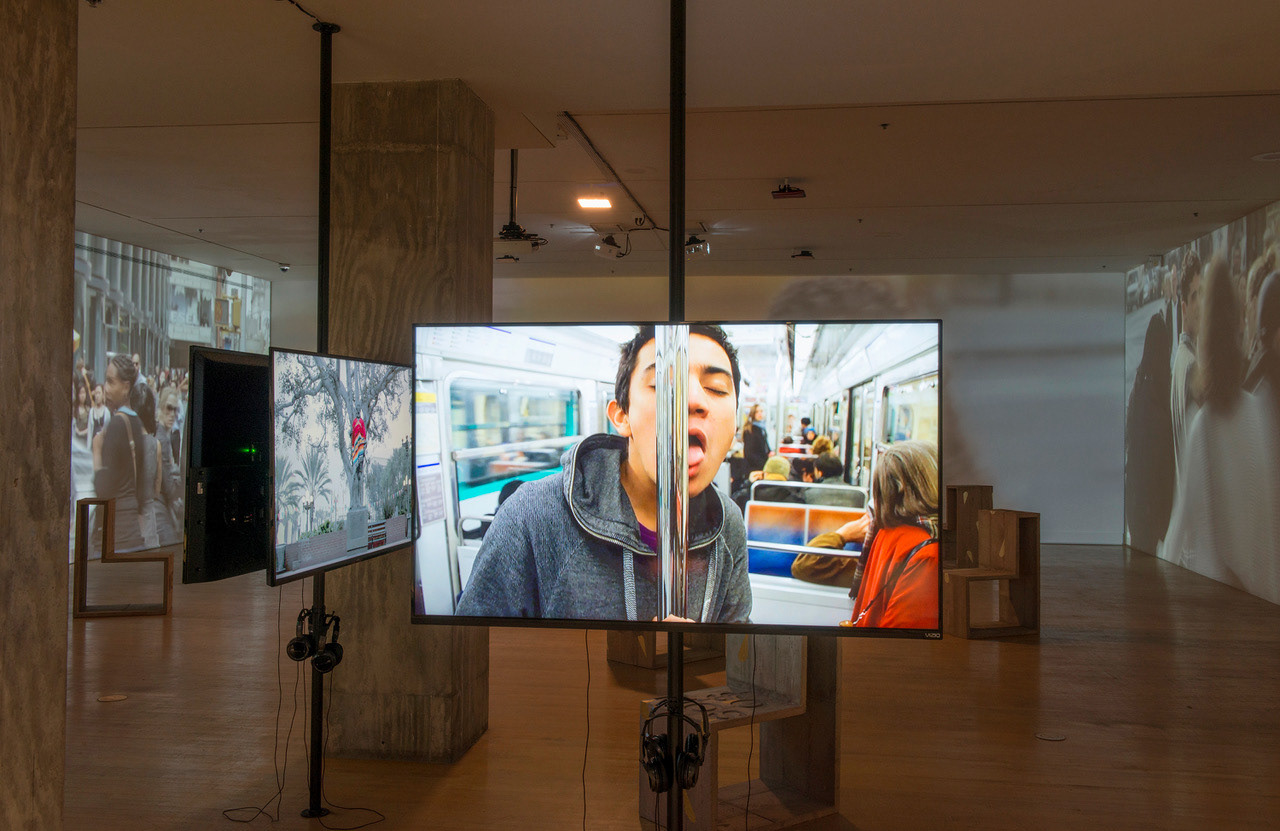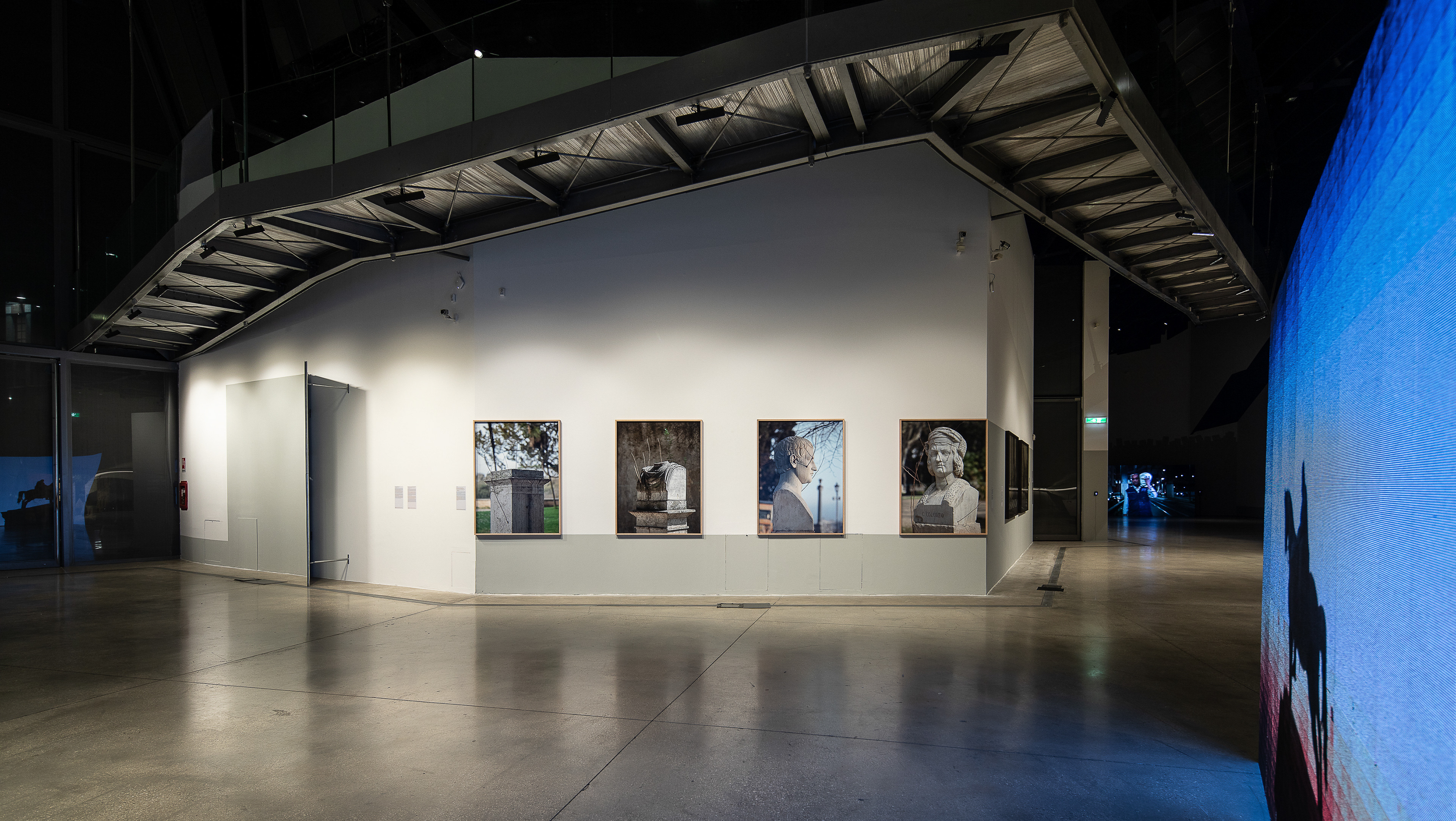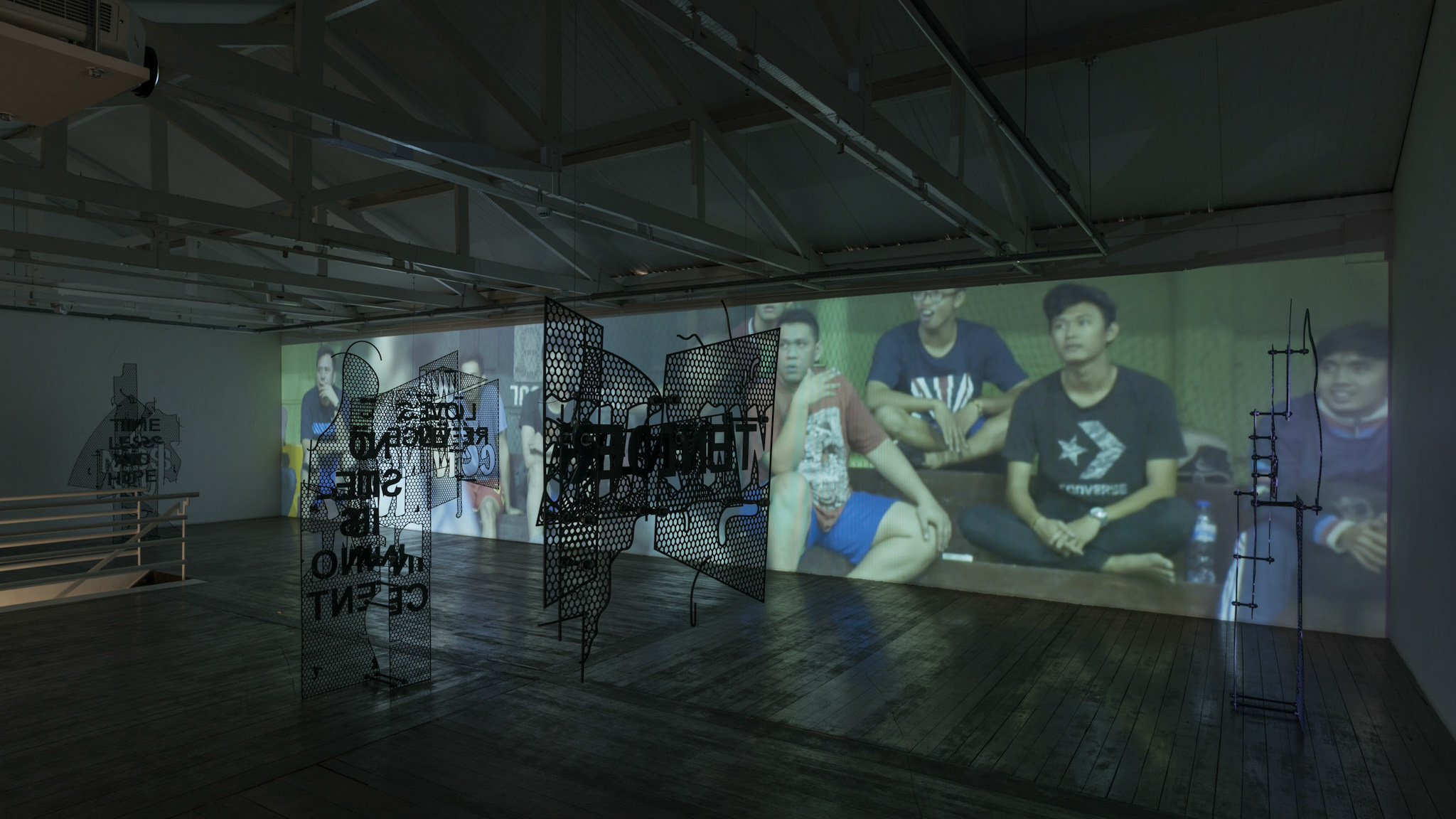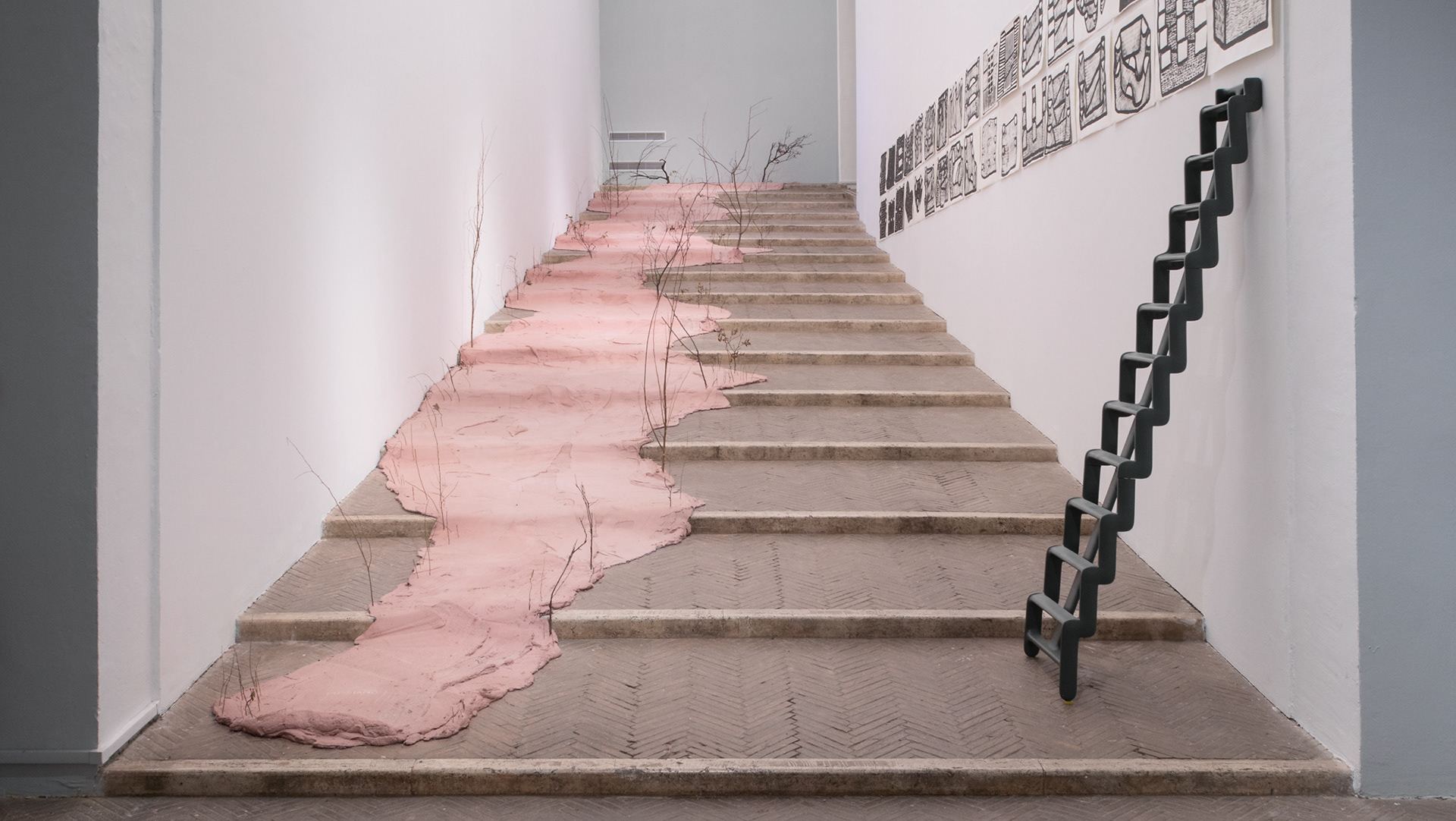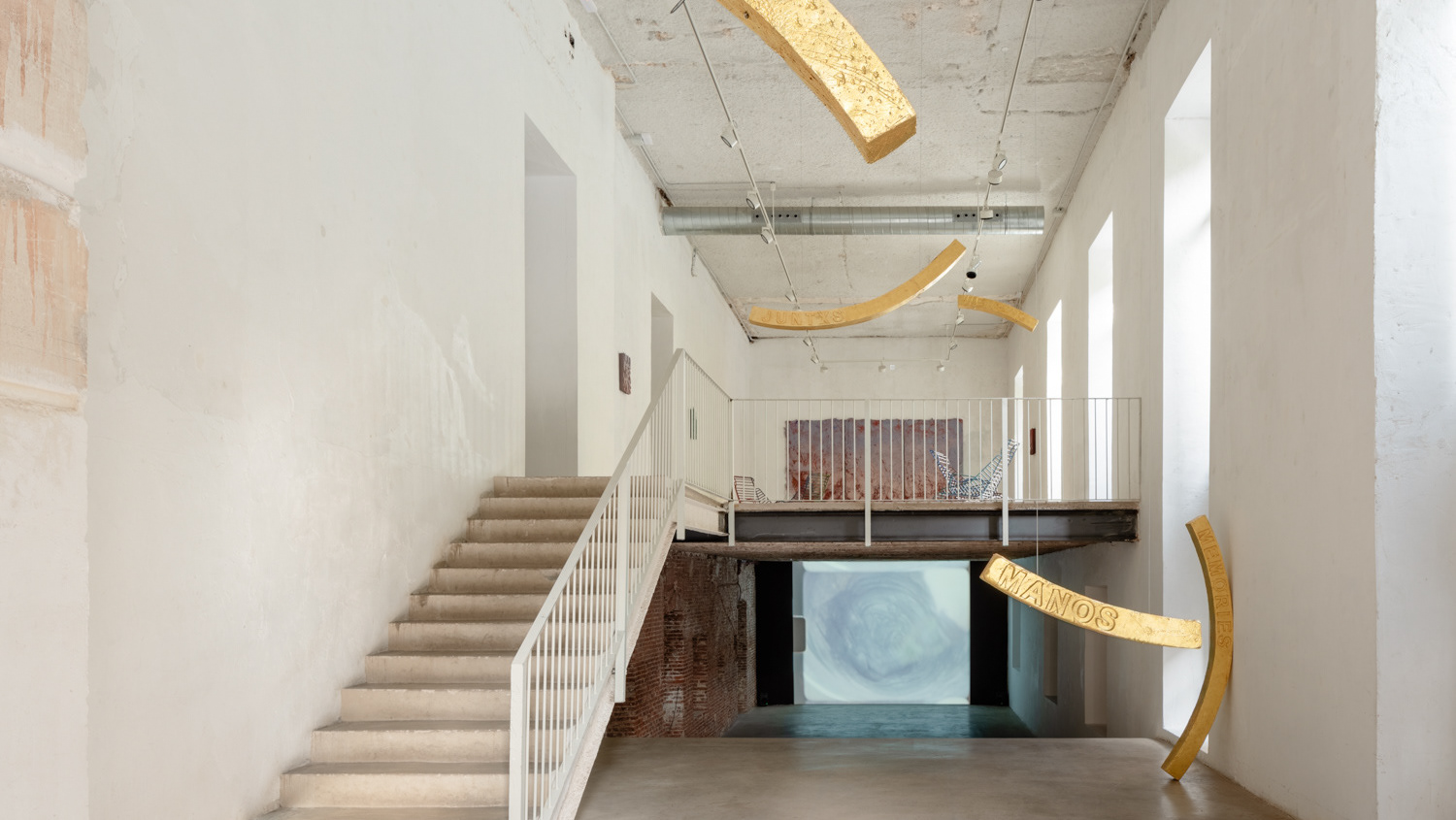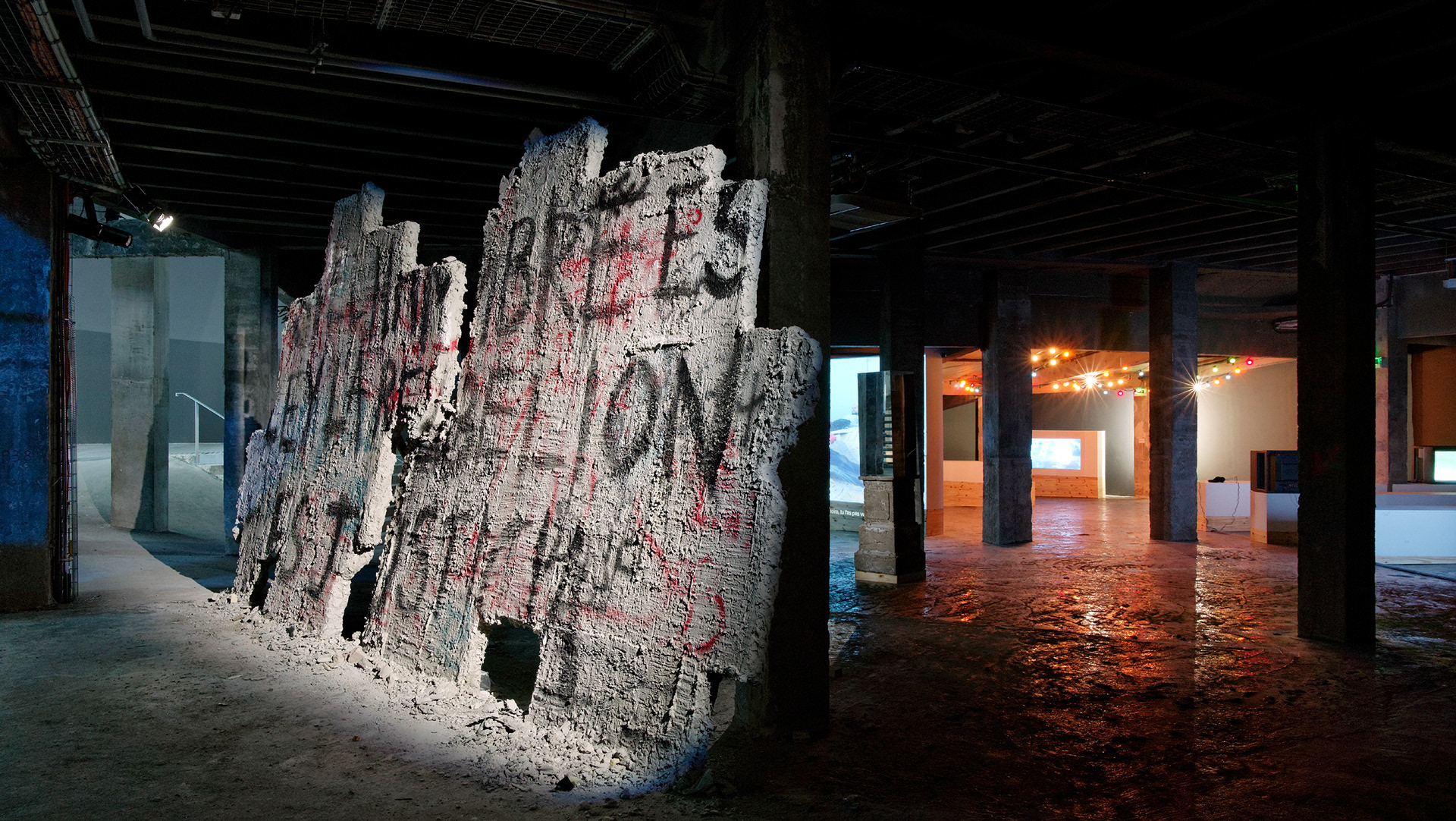What can we learn about history and how can we further our subjectivity towards a more profound visionary culture?
Iván Argote poses this question to us.
Iván Argote poses this question to us.
Influenced by pre-Colombian and brutalist architecture, Argote’s work often contain messages/words in various languages that are adopted by what the artist calls “Ternura Radical” [Radical Tenderness]—an ongoing strategy that relies upon using affection, emotions, and humor as subversive tools to engage public audiences on political and personal levels. The artist attempts to generate spaces of dialogue.
Iván Argote is a Colombian-born / Paris-based artist. This project marks his first solo museum exhibition in the United States along with his first film and video survey (2007 to 2019), featuring groundbreaking experimental narrative works that range from documenting public interventions to subtler poetic and political gestures that push the boundaries of the moving image.
For example, in his film (2016) Fructose, Argote explores the story of the moment when the idea of the theory of relativity came to Isaac Newton, as told when an apple fell from a tree and hit his head, inspiring him to write the Law of Gravity (1687). Newton states “that everybody in the universe is attracted to every other body with a force that is directly proportional to the product of their masses and inversely proportional to the square of the distance between them.”
In connection, Argote sees art as a philosophical tool and also a field of experimentation on how our bodies communicate to one another. The film is set up as an experimental narrative with the help of dancers, actors, and a unique soundscape. He also replaces the classic “apple” falling with another fruit—the tropical pineapple (native to South America)—falling in extreme slow motion where it gets smashed to a million pieces onto the historical plaque placed in the location.
Bringing into question the authenticity of the location and story, he simultaneously deconstructs hegemonic narratives and attempts to decolonize history by placing the voice of “the other” into a larger historical narrative based on knowledge.
Though there is a long history in Latin America of Poesia Concreta, an art movement based on abstraction and text-based works, Argote is not directly influenced by this movement, but rather by the contemporary human experience in urban environments and its vernacular architecture—and specifically political graffiti. His work intends to generate a response, a dialogue with forms of protest and poetics.
The work in Juntos Together does not make a distinction between language, borders, gender, and equality, but rather proposes a sweeping look at how we relate to each other.
— Julio César Morales

Iván Argote, Juntos Together, ASU Art Museum, Phoenix, AZ, USA. On view August 2019 - January 2020. Courtesy of the artist and ASU Art Museum.
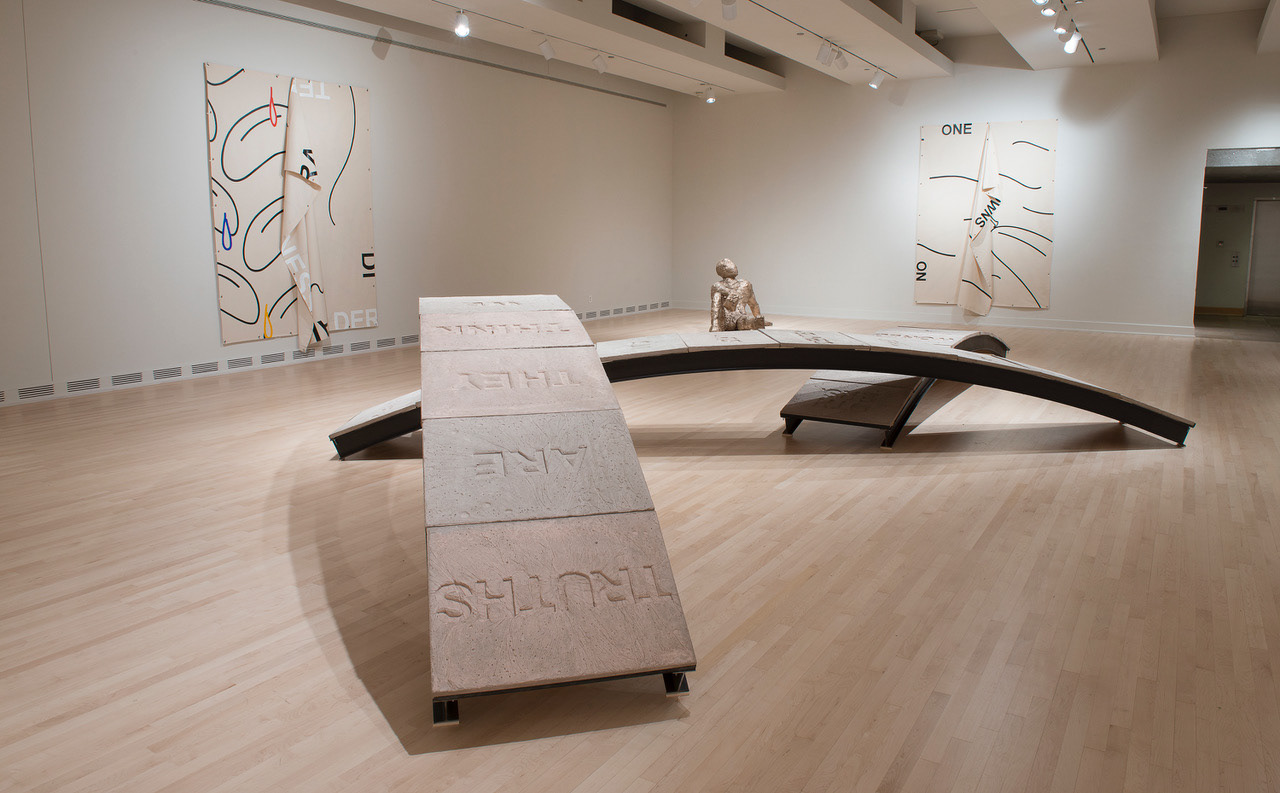
Iván Argote, Juntos Together, ASU Art Museum, Phoenix, AZ, USA. On view August 2019 - January 2020. Courtesy of the artist and ASU Art Museum.
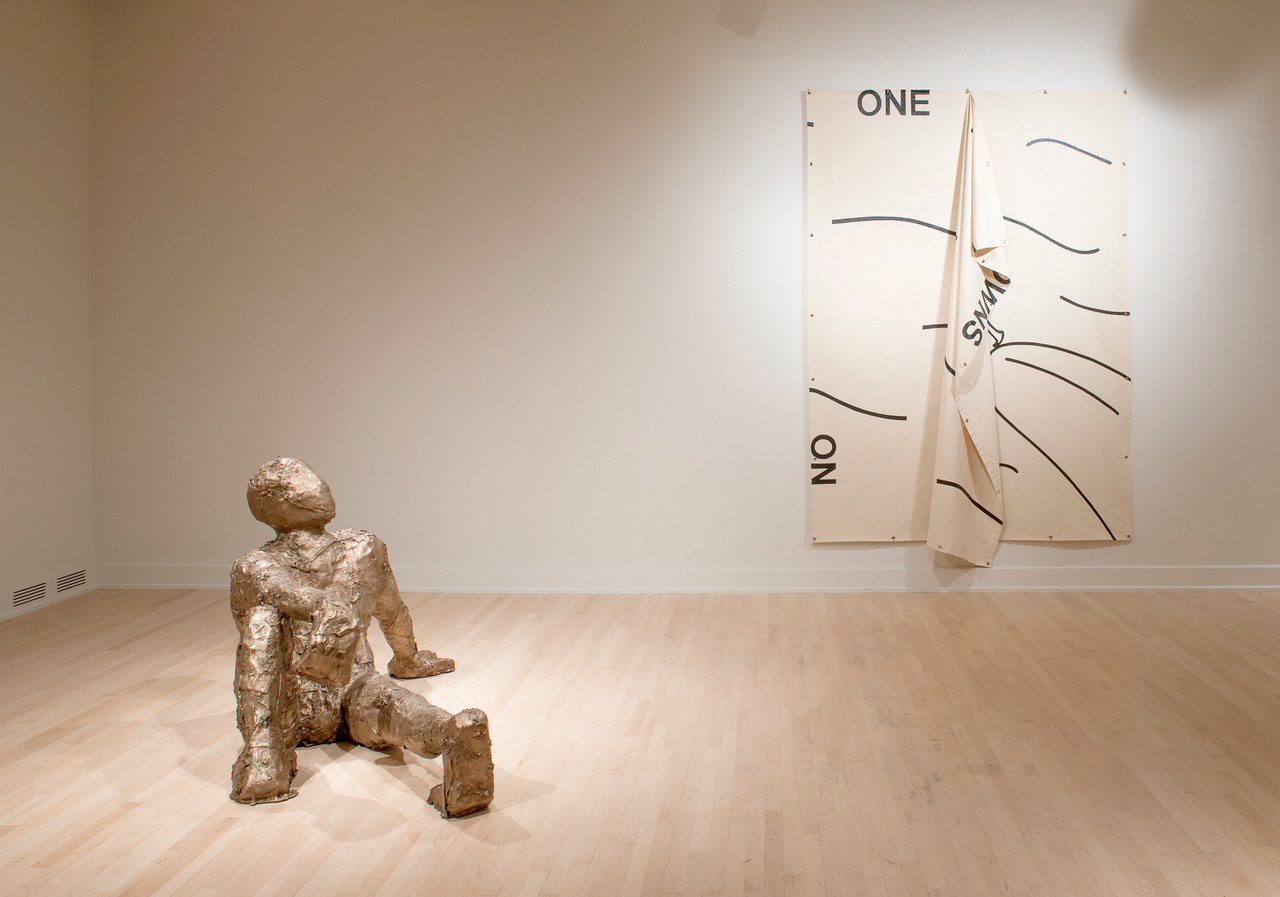
Iván Argote, Juntos Together, ASU Art Museum, Phoenix, AZ, USA. On view August 2019 - January 2020. Courtesy of the artist and ASU Art Museum.
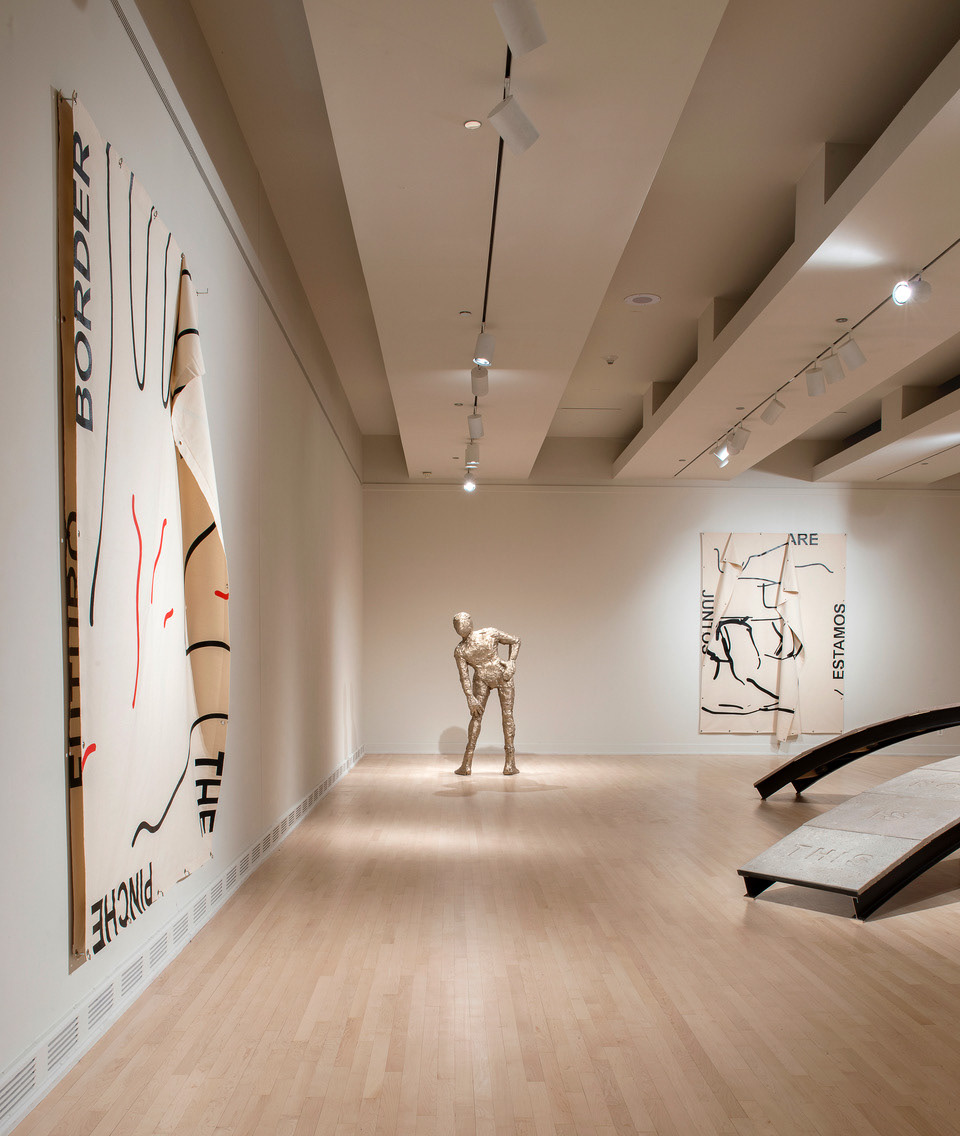
Iván Argote, Juntos Together, ASU Art Museum, Phoenix, AZ, USA. On view August 2019 - January 2020. Courtesy of the artist and ASU Art Museum.
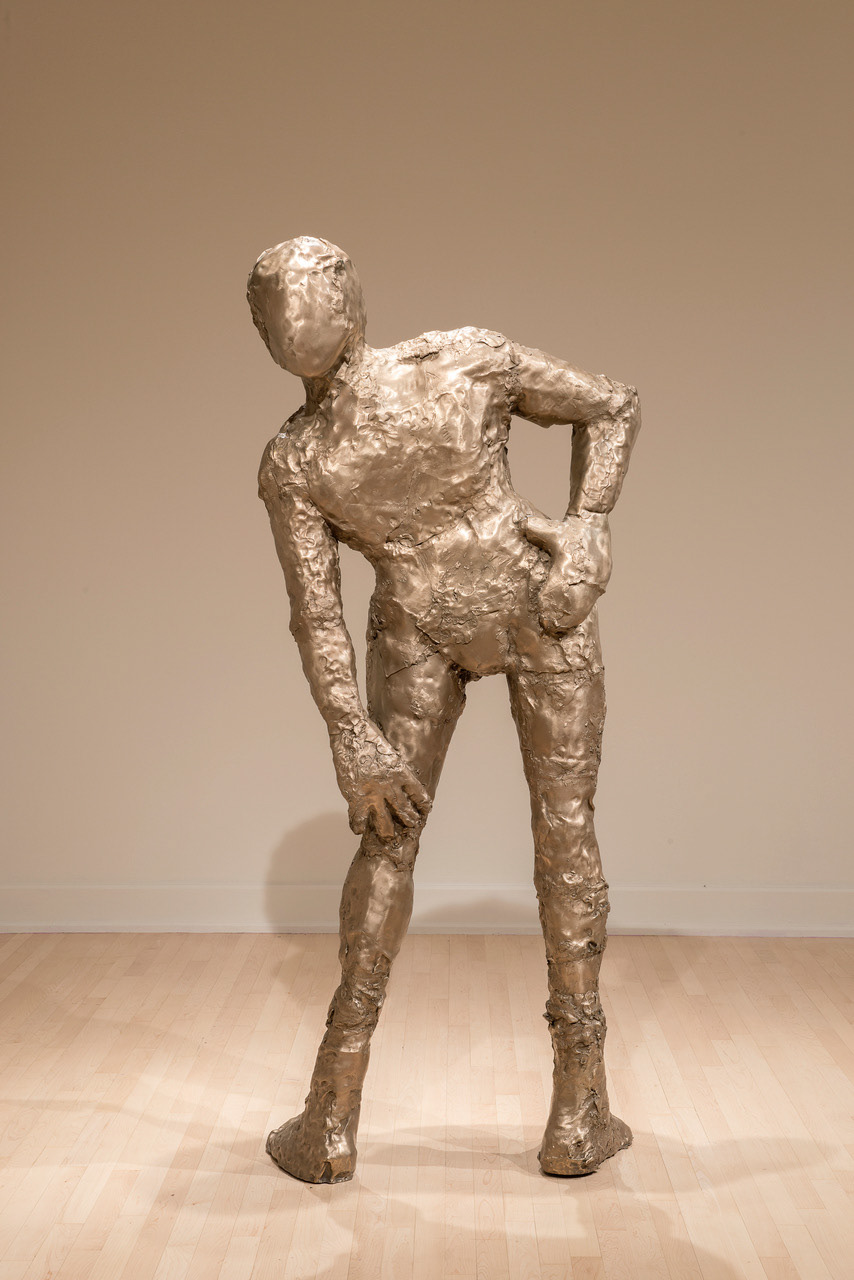
Iván Argote, Juntos Together, ASU Art Museum, Phoenix, AZ, USA. On view August 2019 - January 2020. Courtesy of the artist and ASU Art Museum.
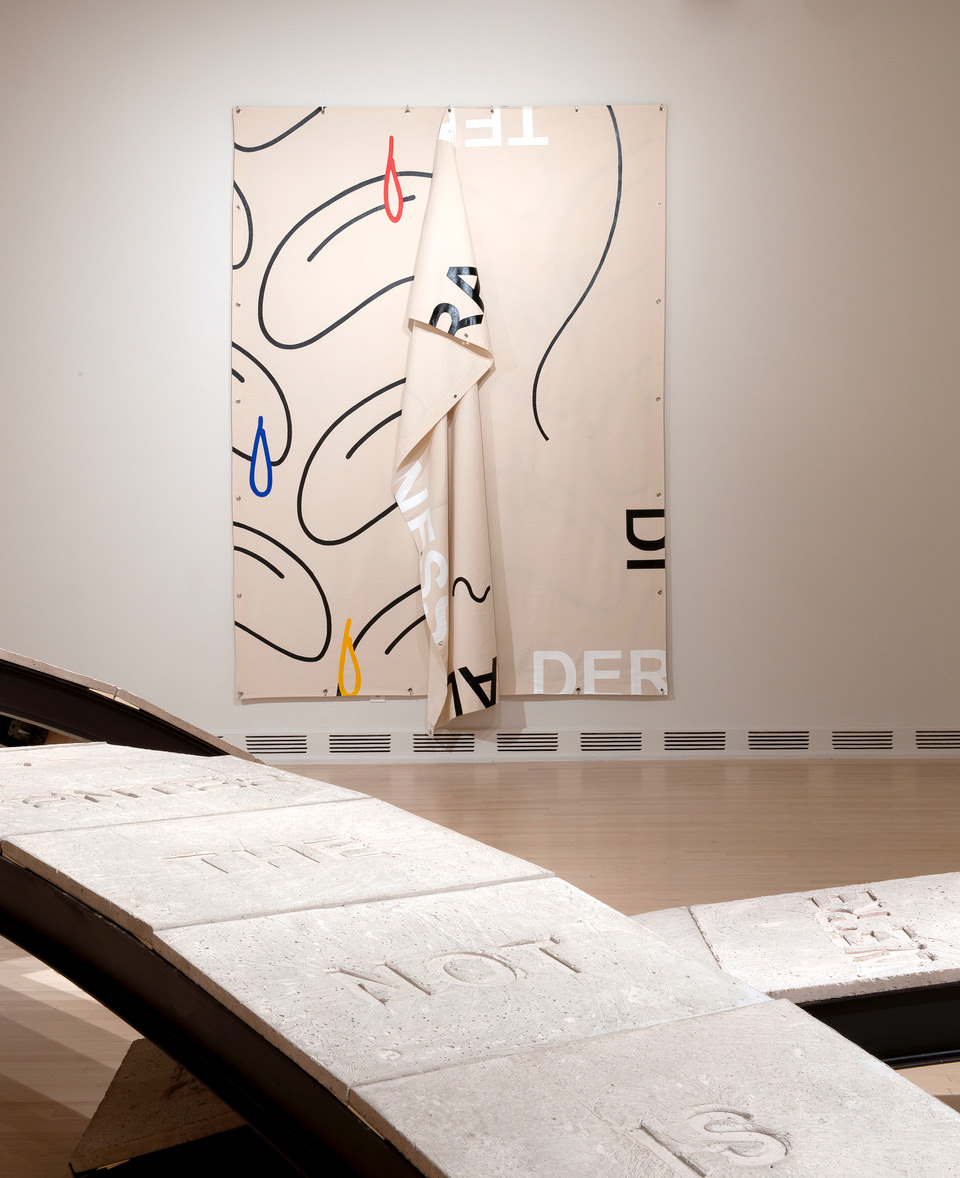
Iván Argote, Juntos Together, ASU Art Museum, Phoenix, AZ, USA. On view August 2019 - January 2020. Courtesy of the artist and ASU Art Museum.
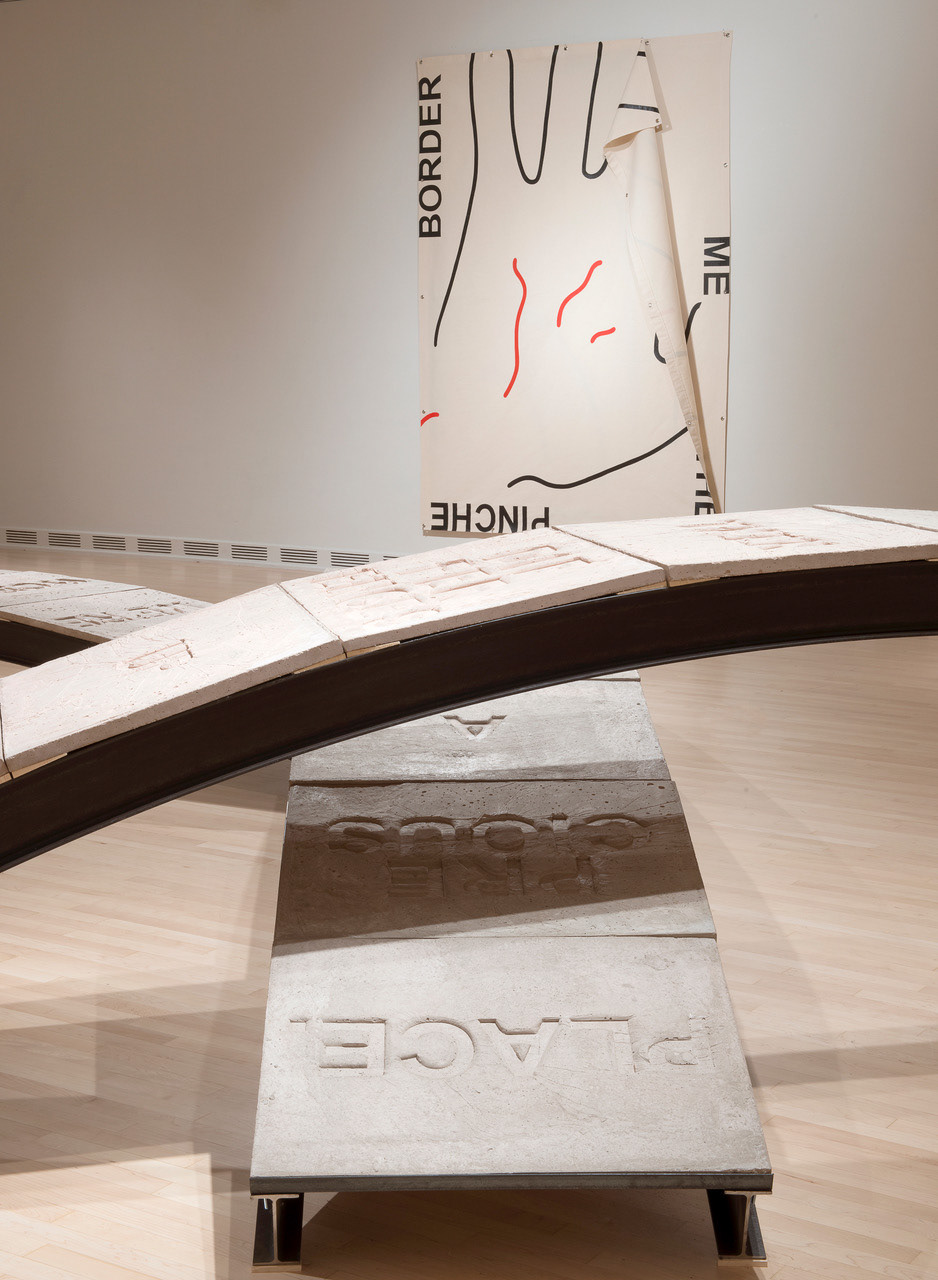
Iván Argote, Juntos Together, ASU Art Museum, Phoenix, AZ, USA. On view August 2019 - January 2020. Courtesy of the artist and ASU Art Museum.
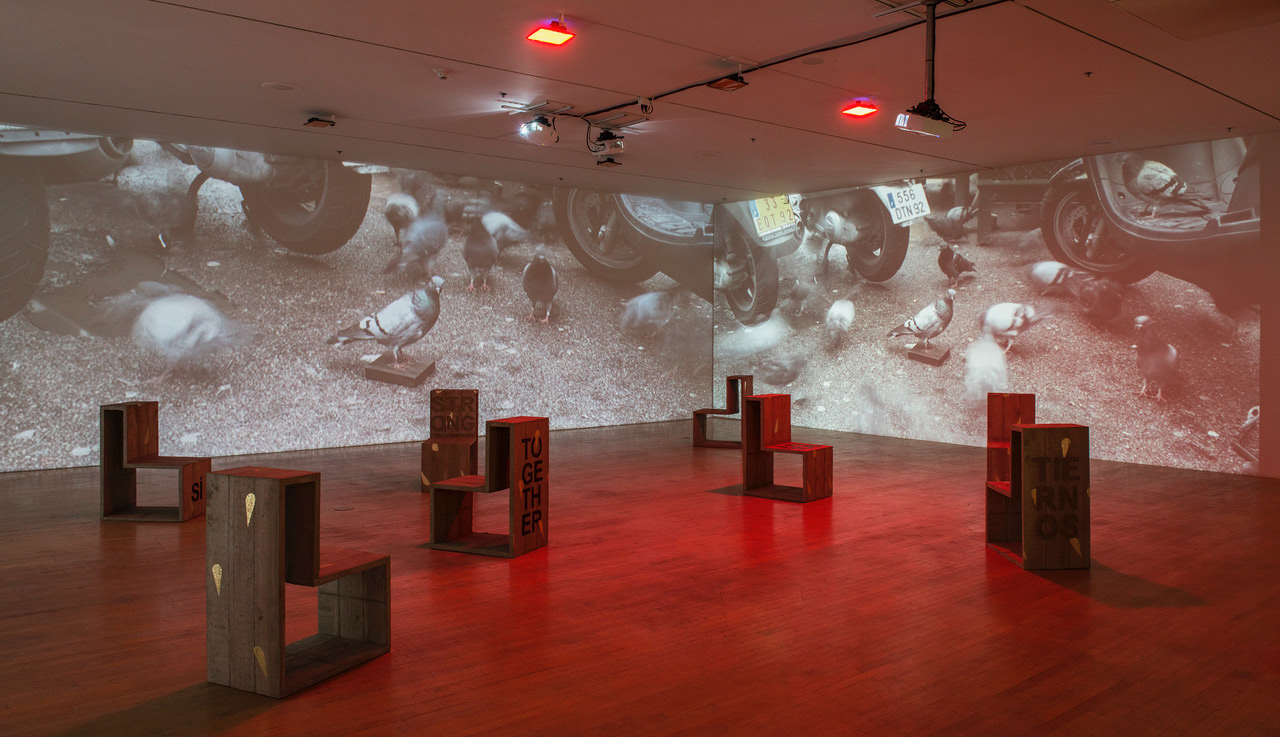
Iván Argote, Juntos Together, ASU Art Museum, Phoenix, AZ, USA. On view August 2019 - January 2020. Courtesy of the artist and ASU Art Museum.

Iván Argote, Juntos Together, ASU Art Museum, Phoenix, AZ, USA. On view August 2019 - January 2020. Courtesy of the artist and ASU Art Museum.
